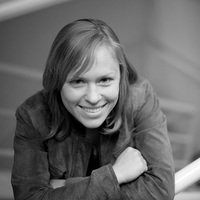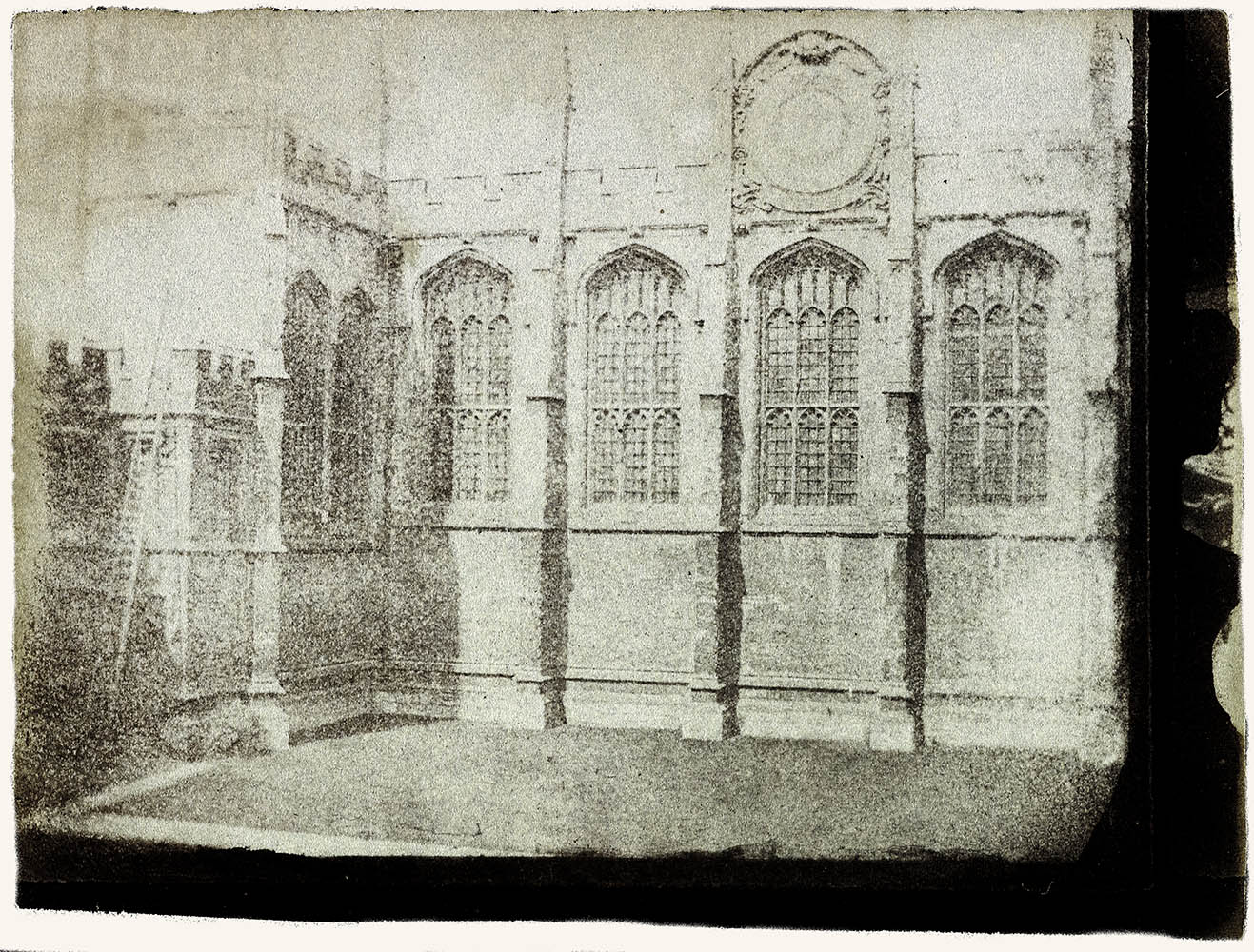We got a boost of energy in January when Jaanika Vider joined our staff. She had just come from Oxford’s Pitt Rivers Museum whilst labouring on her PhD in the History of Anthropology. Her experience is practical as well as historical, for she is a keen amateur photographer and previously reorganized Larry Fink’s vintage prints in Martin’s Creek, Pennsylvania. Perhaps unfairly, but certainly not cruelly, since Jaanika is new to Henry Talbot I have asked her to jot down her first impressions just as she starts facing the mountain of photographs. As time goes on, we’ll check in to see how his work is shaping her reactions.
Reflections on the first weeks working on the Catalogue Raisonné
Loch Katrine, Scene of The Lady of the Lake
It is rather difficult to take a moment to reflect on a project when it is in such full gear as the Catalogue Raisonné is now. Since joining the project at the beginning of this year, I have been initiated into the processes underpinning it by Brian Liddy. We have forged ahead to populate the provisional records with images and edit the information we hold for each record. In these past five weeks over 2000 new records have been fully published. Brian’s recent completion of one particular set – Schaaf no. 1304 – is a great example of complete assemblages we are striving for.
However, I will attempt to rewind time a little and think back to January when I was just getting to grips with the project and also think back to some of my favourite discoveries.
As someone with a museum background I was incredibly excited to join a team seeking to virtually reassemble a historic collection. It is often the case that objects, may they be artefacts, photographs, artworks or manuscripts, become distributed through various networks and end up with various existences in institutions, collections or perhaps somebody’s attic. While the reasons and trajectories of these object journeys are fascinating in their own right, digital technology now enables us to imagine objects as they were created or collected before dispersal. The Talbot Catalogue Raisonné, of course, has been assembled over many decades by Larry J Schaaf, and so in many ways has already done this work its growing database, Professor Schaaf’s publications and most significantly in his own memory. What the online catalogue really does is give a visual representation and presence to this existing corpus of work and it is one of my jobs to link images stored in the Digital Bodleian system with our provision catalogue records. Seeing yet another image appear on the website and steadily eroding away the skeletal records is satisfying, but translating information from one type of database to another is not always straightforward.
What I have learnt over past nine years of working with various collections and archives is that seldom do institutions or people within it do things in the same way, or indeed a particularly compatible way. Digital technologies however rely on standardisation and where it is lacking, information must be translated either manually or automatically to work together. This form part of my job – giving image files names that all follow the same formula but also retain original owner information, giving identifiers to digital records so that they are distinct within the digital framework and so on. There have doubtless been many bumps on the way to transporting and translating Schaaf’s database, evolved from experimentation with the ‘first model of the IBM-PC’, to the current online form. However, considering the many technical obstacles, the online catalogues as it stands, is a remarkable feat that can only be improved as both the technology and our knowledge of the material improves. Indeed, I was pleased to hear that through the online visibility of the Catalogue Raisonné, new photographs and information have come pouring in to the project.
Technological musings aside, working on the project also offers regular visual and intellectual delights. One of the first set of images that I set about connecting to existing records were of Oxford, a city that I have called home for the past twelve years. As well as marvelling at the detail and clarity of many of the images, I learnt much about the history of the city. For example, a photograph titled Opposite the Angel Inn alerted me to the existence of this hotel and a coaching inn that Talbot stayed at. Today, just along High Street from this site, is the location of much anxiety among Oxford’s student population. It was there that the Examination Schools were built in 1882, four decades after Talbot’s photograph.
All Souls College Chapel, Oxford (enhanced)
Another favourite was a photograph from All Souls College which shows the sundial designed by Sir Christopher Wren in its original location between the south-facing pinnacles of the College Chapel before it was placed above the central entrance of the Codrington Library in the College quadrangle in 1877. I have not yet found other visual evidence to show the emblematic sundial in its previous place. Curiously, many of Talbot’s images of Oxford show its buildings in scaffolding, showing that reparation and alteration were prevalent then as they are now, although nineteenth century scaffolding seems infinitely more photogenic. Some college records are so detailed that one can even date the photograph from the nature of the work. There are many more revelations from Oxford, but I believe we are to see more detailed guest blogs on Talbot’s Oxford photographs, so will say no more now.
My final reflection would be that it is impossible not to appreciate breadth of Talbot’s subject matter and his inquisitiveness. Going through many takes and prints of well-known subjects such as ‘Bust of Patroclus’ or ‘Statuette of Eve at the Fountain’ but also more experimental images of micrographs, I often wonder what Talbot was looking for in deciding which negative was best suited for printing or which print he liked best. It is here that our sister site, The Correspondence of William Henry Fox Talbot, can provide answers and I hope that in near future we can digitally enhance the links between these two resources.
Jaanika Vider
Questions or Comments? Please contact digitalsupport@bodleian.ox.ac.uk WHFT, Loch Katrine, Scene of Lady of the Lake, calotype negative, 19-21 October 1844, National Science and Media Museum, Bradford, 1937-1329; Schaaf 2787. Source of Plate 11 of Sun Pictures in Scotland. • WHFT, All Souls College Chapel, Oxford, salted paper print from a calotype negative, NSMeM, 1937-1853; Schaaf 41.




